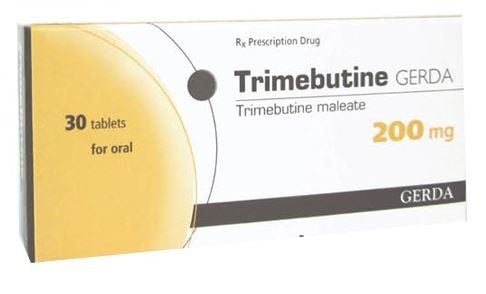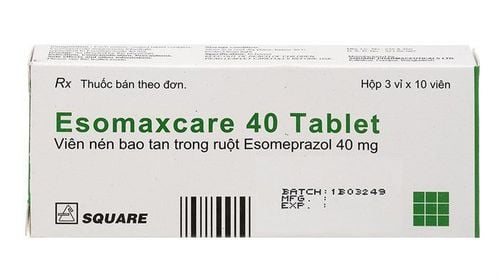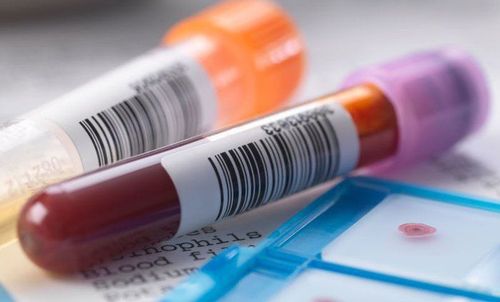This is an automatically translated article.
Laparoscopic surgery to remove 2⁄3 of the stomach is mostly used to treat benign disease and only cuts the lower part of the stomach. Nowadays, laparoscopic gastrectomy has become more and more popular, replacing previous traditional surgery.
1. What is laparoscopic gastrectomy?
Laparoscopic gastrectomy is a surgical interventional method of the gastrointestinal tract used to treat a number of diseases of the stomach (both benign and malignant).
Laparoscopic gastrectomy is characterized by only cutting the lower part of the stomach, so that the gastric contents are preserved as much as possible (the antrum and the lower part of the body are damaged). take away has the function of secreting and crushing food).
1.1 Indications Indications for laparoscopic gastric bypass surgery:
Acute and chronic peptic ulcer. Chronic duodenal ulcer causes pyloric stenosis. Hemorrhagic peptic ulcer. The lower region of the stomach has a benign tumor, or a low-risk tumor.
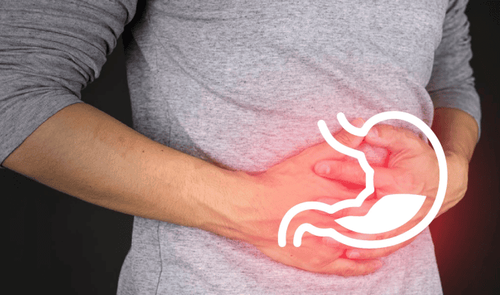
Phẫu thuật nội soi cắt 2/3 dạ dày khi bị loét dạ dày tá tràng mạn tính
1.2 Contraindications Contraindications for laparoscopic surgery to remove 2⁄3 of the stomach :
Carcinoma and other malignancies with high malignancy. The patient's condition does not meet the conditions for laparoscopic surgery, or the patient has any contraindications to laparoscopic surgery. The patient refused surgical treatment.
2. Preparation before performing laparoscopic 2⁄3 gastrectomy
To be able to carry out laparoscopic surgery to remove 23 of the stomach, the patient needs to complete the following issues:
The patient is thoroughly examined by the doctor, consulted thoroughly about the medical condition as well as the patient's condition. on the method of laparoscopic gastric bypass surgery (advantages, disadvantages, possible risks). The patient consented to surgery. Patients are well prepared physically and mentally before surgery. The patient was thoroughly cleaned and fasted before surgery.

Bệnh nhân không được ăn uống gì trước phẫu thuật
3. Monitoring and taking care of patients after laparoscopic surgery to remove 2⁄3 of the stomach
After completing laparoscopic surgery to remove 2⁄3 of the stomach, the patient needs to be monitored and cared for:
Monitor the recovery process after anesthesia. Take anti-pain measures for the patient. Give the patient complete parenteral nutrition until the surgical outcome is safe and the gastrointestinal tract is restored. Monitor complications and complications of surgery. Follow up on pathological results (of surgical specimens). Other necessary care.
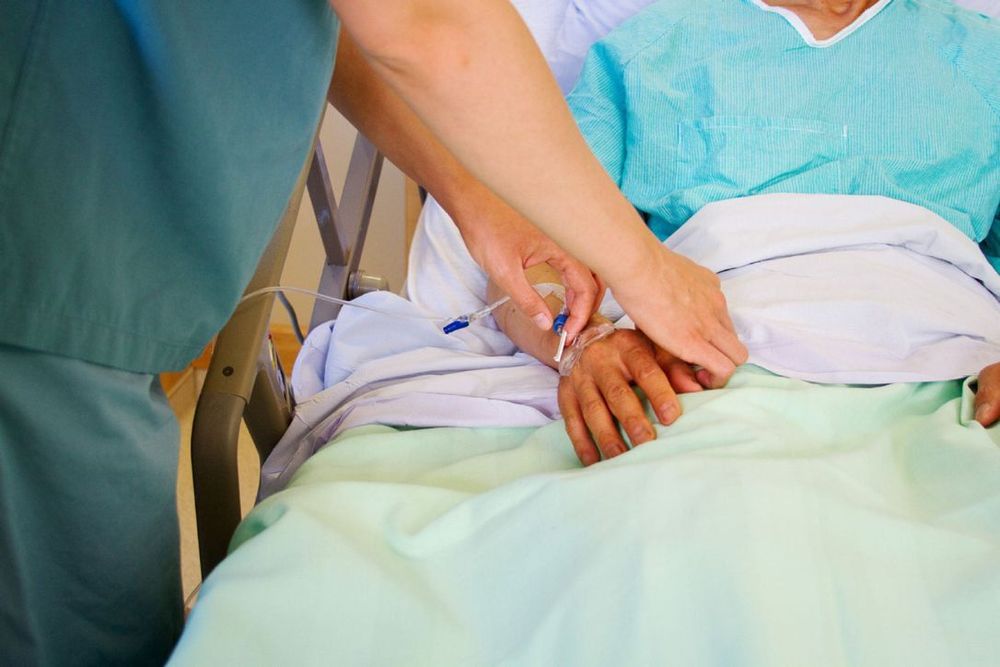
Bệnh nhân cần được theo dõi và chăm sóc sau phẫu thuật
4. Possible complications and risks for laparoscopic surgery to remove 2⁄3 of the stomach
Laparoscopic gastrectomy as well as other surgical methods have certain complications and risks that can occur, and they include:
Injury to blood vessels during the procedure surgery. Injury to the colon. Acute bleeding after surgery. Respiratory failure . Early intestinal obstruction after surgery. Postoperative infection due to anastomosis or duodenal fistula. Pneumonia . Any questions that need to be answered by a specialist doctor as well as if you want to be examined and treated at Vinmec International General Hospital, you can contact Vinmec Health System nationwide or register online. online HERE.




